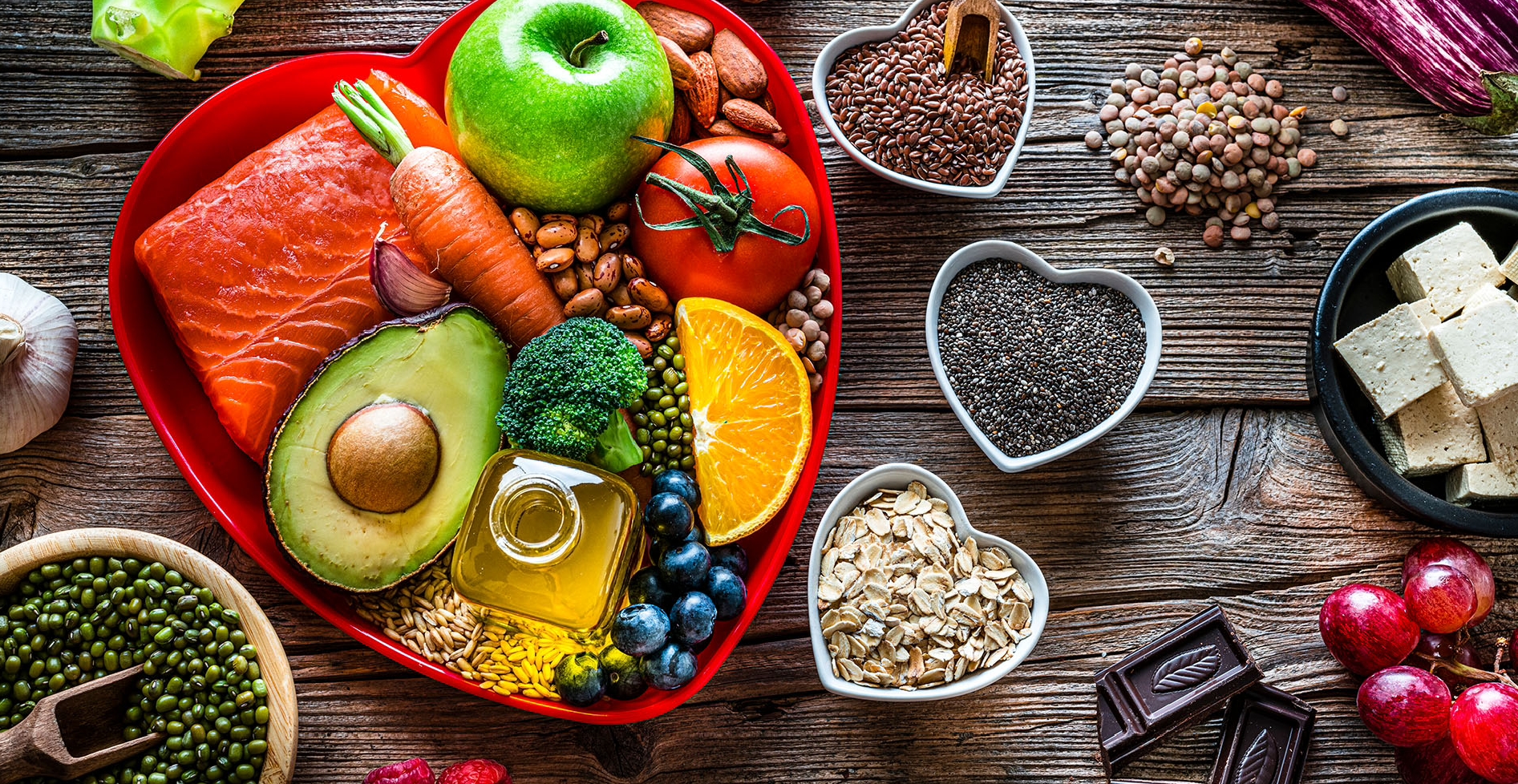Garlic Mustard (Alliaria petiolata): 20 Surprising Benefits & Homemade Uses
Health & Nutritional Benefits
Rich in Vitamins – Contains high levels of vitamins A, C, and E, supporting immune health and skin.
Antioxidant Power – Packed with natural antioxidants that fight free radicals.
Detoxifying Properties – Acts as a natural cleanser for the liver and kidneys.
Anti-inflammatory – Contains compounds that may reduce inflammation.
Antibacterial Effects – Historically used for its mild antibiotic properties.
Respiratory Aid – Traditionally used to treat coughs, asthma, and bronchitis.
Digestive Support – Stimulates digestion and soothes the gut.
Iron-Rich – Contains iron and helps improve circulation.
Natural Antihistamine – May reduce allergy symptoms when taken regularly.
Pain Relief – Applied as a poultice, it’s been used to ease muscle aches and joint pain.
Culinary & Household Uses
Pesto Base – A garlicky alternative to basil in traditional pesto recipes.
Herbal Seasoning – Use dried leaves as a herb or spice.
Wild Green for Salads – Young leaves add a peppery bite to salads.
Sautéed Greens – Can be cooked like spinach or kale.
Infused Oil – Used in garlic mustard oil for massage or cooking.
Vinegar Infusion – Create herbal vinegar with medicinal properties.
Tea for Detox – Brew leaves for a detoxifying herbal tea.
Wild Sauerkraut Add-in – Ferment with cabbage for a wild twist on kimchi or kraut.
Natural Dye – The plant can produce yellow-green dye for crafts.
Insect Repellent – Crushed leaves can deter insects when rubbed on skin.
Simple Garlic Mustard Pesto Recipe
Ingredients:
2 cups young garlic mustard leaves (washed & packed)
1/2 cup olive oil (extra virgin)
1/3 cup nuts (pine nuts, walnuts, or sunflower seeds)
1/2 cup Parmesan cheese (or nutritional yeast for vegan)
2–3 garlic cloves
Juice of 1/2 lemon
Salt & pepper to taste
Instructions:
Blend: Add garlic mustard leaves, nuts, garlic, and lemon juice to a food processor.
Add Oil: Slowly drizzle in olive oil while processing until smooth.
Season: Stir in Parmesan (or nutritional yeast), salt, and pepper.
Serve: Toss with pasta, spread on toast, or use as a dip.
Tip: Store in a jar with a thin layer of olive oil on top. Keeps in the fridge for 1–2 weeks or freeze in ice cube trays for longer storage.
Foraging Warning
Only harvest young plants before flowering for best flavor.
Be 100% sure of identification—never eat a plant unless you’re confident it’s garlic mustard.
Avoid harvesting from polluted areas (roadsides, industrial zones, etc.).

